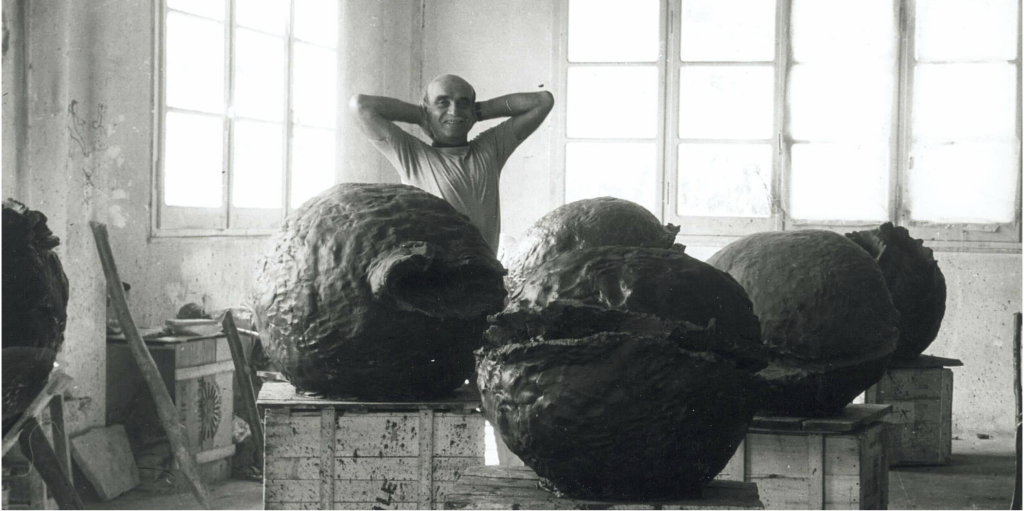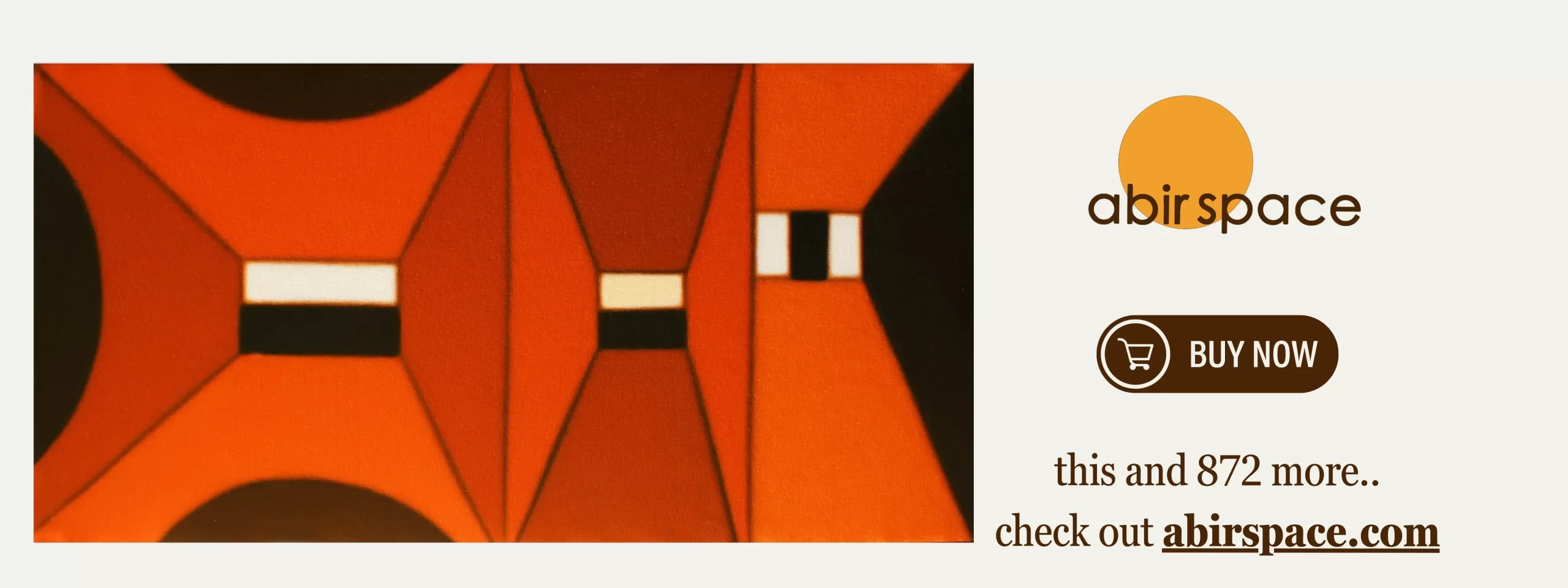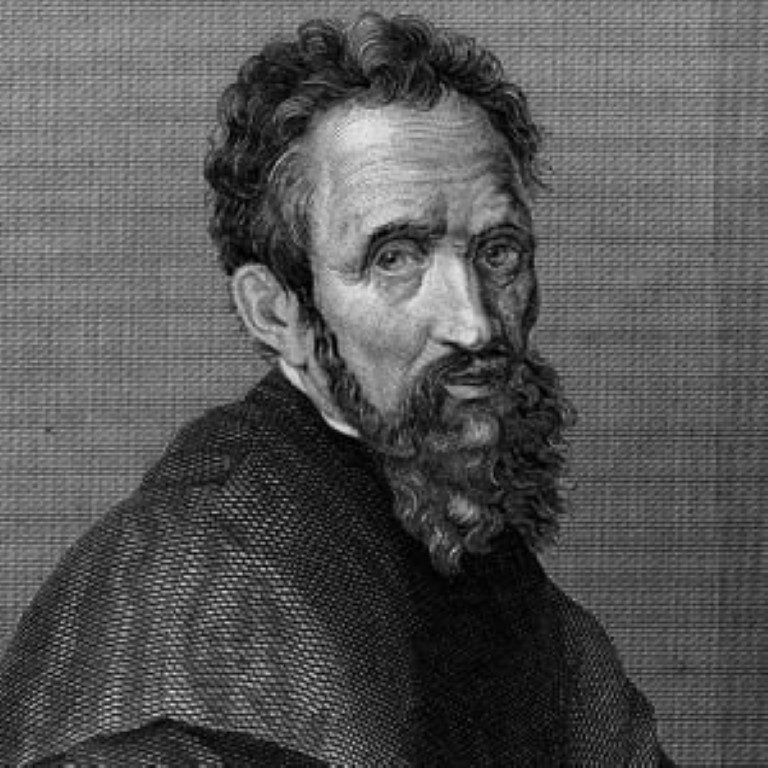The Artist That Pioneered Performance in Art
Lucio Fontana was born in Argentina in 1899 to Italian immigrant parents. He received his education in Italy from 1906 to 1922 before returning to Argentina to work closely with his father, a funerary sculptor. Although he was primarily identified as a sculptor, Fontana only began painting at the age of fifty.
Developing as an Artist
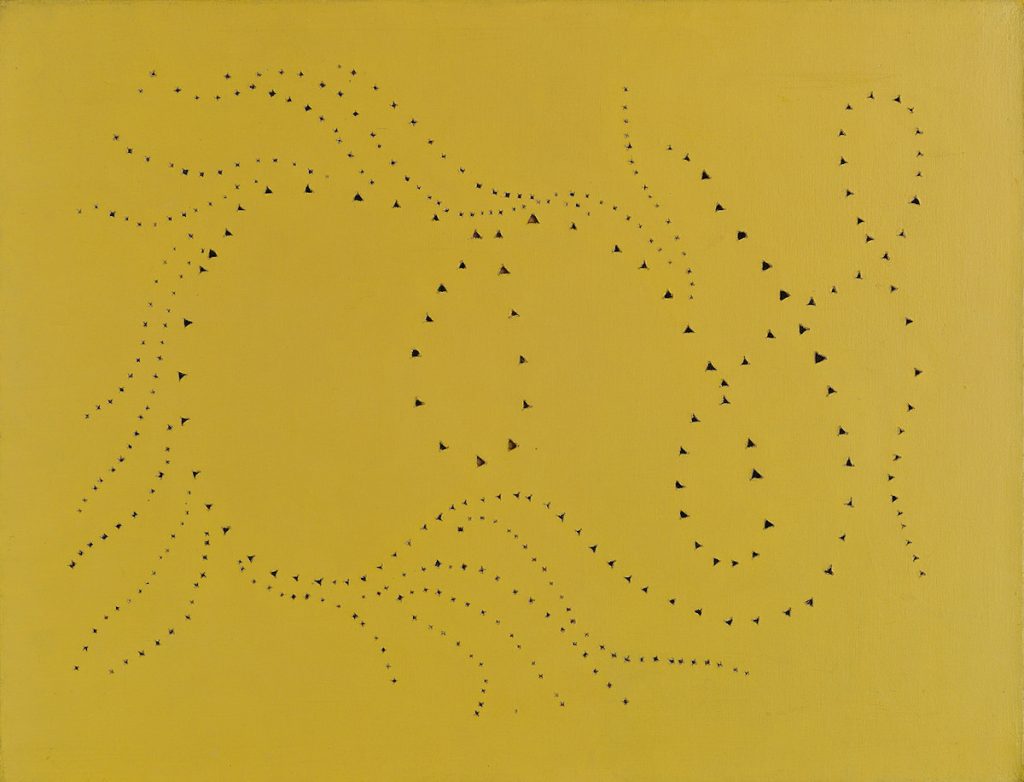
Image Courtesy- Guggenheim.org
In 1927, Fontana relocated to Italy, where he trained under a well-known sculptor in Milan. He produced various sculptures and reliefs, often incorporating striking materials like gold leaf and colored mosaics, showcasing his lifelong interest in decoration. He also accepted official commissions, including a grand classicist ceiling relief for the Shrine of the Fascist Martyrs in Milan in 1939. Despite expressing sorrow over Mussolini’s fall in 1943, Fontana’s political and artistic views appeared adaptable. While in Buenos Aires, he collaborated with artists and intellectuals opposed to Juan Perón’s authoritarian rule.
Lucio Fontana and The Birth of Spatialism
Image Courtesy- Cardi Gallery
Fontana permanently returned to Italy in 1947 and became a leading figure in the Spatialism movement, which embraced abstraction. Following the devastation of two world wars, he questioned, ‘What should I paint now?’ This contemplation led to the creation of his signature Concetto spaziale (‘spatial concept’) series, which featured layered, monochromatic paintings punctuated by buchi (holes) and tagli (cuts). Lucio Fontana Slashed Canvases revealed dark underlayers, creating a dynamic interplay between destruction and creation. Accompanying this series were collections of monochrome ceramics, their surfaces fiercely cut and punctured, resembling lunar landscapes.
Fontana’s Influence on Post-War Art
Image Courtesy- Cardi Gallery
‘By cutting the canvas to form an infinite void, Fontana managed to introduce a third dimension from which all else would arise,’ noted art dealer Axel Vervoordt. This radical approach set Fontana apart from late modernist painting norms, particularly the gestural school of Informal painting that dominated Europe in the 1950s and 1960s. Unlike artists such as Georges Mathieu, who performed aggressive, automatic brushstrokes on canvas, Fontana’s work rejected performative gestures in favor of a conceptual and spatial exploration.
Legacy and Final Years
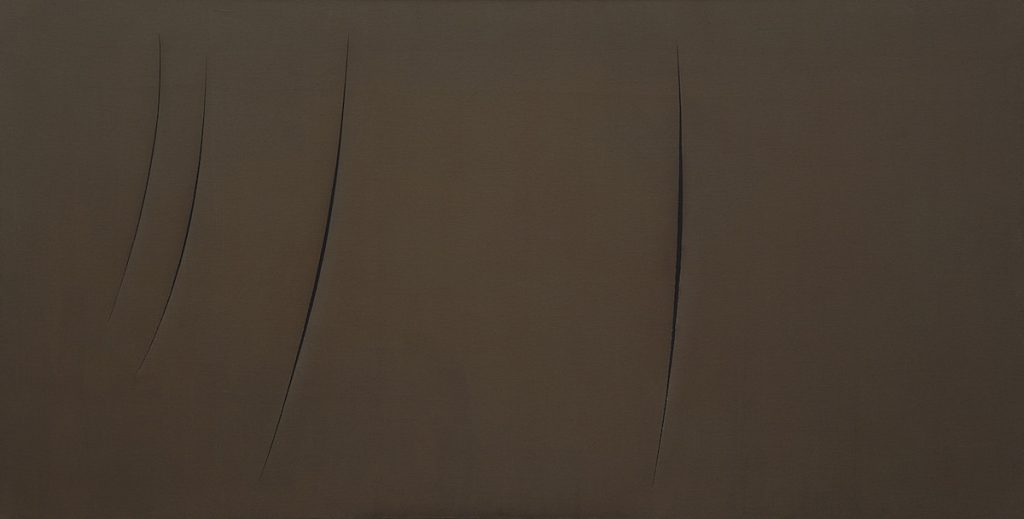
Image Courtesy- Guggenheim.org
In the last years of his life, Fontana became increasingly interested in how his work was presented. This was evident in his contributions to the 1966 Venice Biennale and the 1968 Documenta in Kassel, West Germany, where he designed immersive environments for his art. His final works, featuring pure white canvases, reflected his pursuit of artistic purity. Fontana passed away on September 7, 1968, in Comabbio, Italy, leaving behind a legacy that reshaped modern art through his innovative vision of space and materiality.
Feature Image Courtesy- GALARIE KARSTEN GREVE
Contributor

